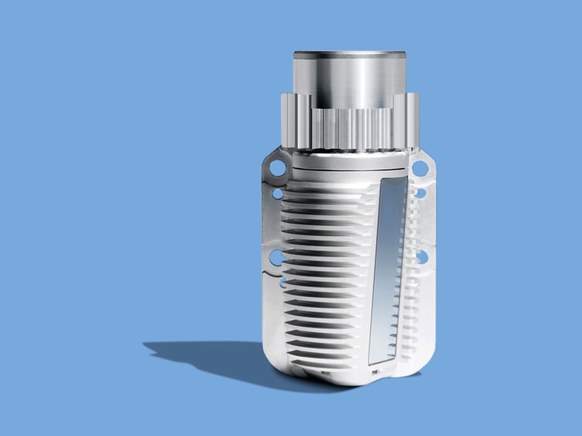Company News Industry News


- Contact:Minister Xu
- Mobile:13841408476
- Tel:024-44837288
- Fax:024-44837004
- E-mail:xuming58@126.com
- Web:natashaterry.com
- Address:No.110 XiangHuai Road
Benxi Economic Development Zone
Liaoning Province
WAYMO’S MOVE TO SELL LIDAR UNITS IS A BET ON A BIGGER MARKET
07 Mar,2019

IF YOU’RE A company that makes robots, farm tools, security tech, or really anything that isn’t a self-driving car, Waymo has a lidar to sell you.
The autonomous-tech company that started life in 2009 as Google’s self-driving car project announced today it’s creating a new revenue stream by selling its custom-developed, short-range laser sensors. It’s a bit unexpected, considering that Waymo waged a bruising legal fight with Uber to protect this most valuable of sensing technologies, but it also signals that Waymo is exploring business models that don’t rely on yanking humans from behind the wheel.
Waymo started developing its own lidar in 2011, after deciding that existing sensors—chiefly those created by Velodyne, the company that pioneered the automotive lidar market—weren’t sufficient for its needs. Over the next eight years, it said during its lawsuit against Uber, Waymo put “tens of millions of dollars and tens of thousands of hours of engineering time” into its custom solution. That includes three types of lidar that focus on long-, medium-, and short-range fields of view. The last of those, which Waymo calls Laser Bear Honeycomb, is the one it's now putting in its shop window. It’s a “perimeter sensor,” focused on things in its immediate vicinity. It sees 360 degrees around it, and it has a 90 degree vertical field of view. Its minimum range is zero meters, meaning it can see things right up against it.
Waymo won’t be selling the technology to rival self-driving outfits, instead indicating that robotics, security, and agriculture tech companies would be potential customers. It has not said how much it will charge for the hardware or if it will also supply the software that translates lidar data into a useful understanding of what's around a robot.
ASK WIRED
HEY KNOW-IT-ALLS! HOW DO SELF-DRIVING CARS SEE ME?
Lidar, which has been around for decades, has all sorts of uses that have nothing to do with cars. Researchers use it to measure wind speeds, map historical landmarks, and uncover Mayan ruins and World War I battlefields. This sort of short-range sensor is more likely to be used for things like small robots that don’t need to know what’s happening 250 meters down the road, but do need an idea of what’s happening right around them. A 2018 report by BIS Research pegs the global lidar market at $8.32 billion by 2028.
That number helps clarify what Waymo’s doing here: It's a sign that the company is not betting its future viability solely on its ability to make money operating self-driving cars and trucks. That seems wise: As a stand-alone company under the Alphabet umbrella, Waymo is ostensibly supposed to be making money. Nobody has proved that toting commuters or groceries or whatevers around without a driver behind the wheel can actually work. It’s not unimaginable that such businesses won’t really pan out, or won’t be able to recoup the massive R&D costs it takes to make them feasible.
If a truly self-driving car business is Waymo’s turkey taking hours to cook in the oven (which everyone hopes won’t come out dry), revenue from lidar sales is the hors d’oeuvre that tamps down everyone’s hangriness—and keeps them going until dinner is served.









